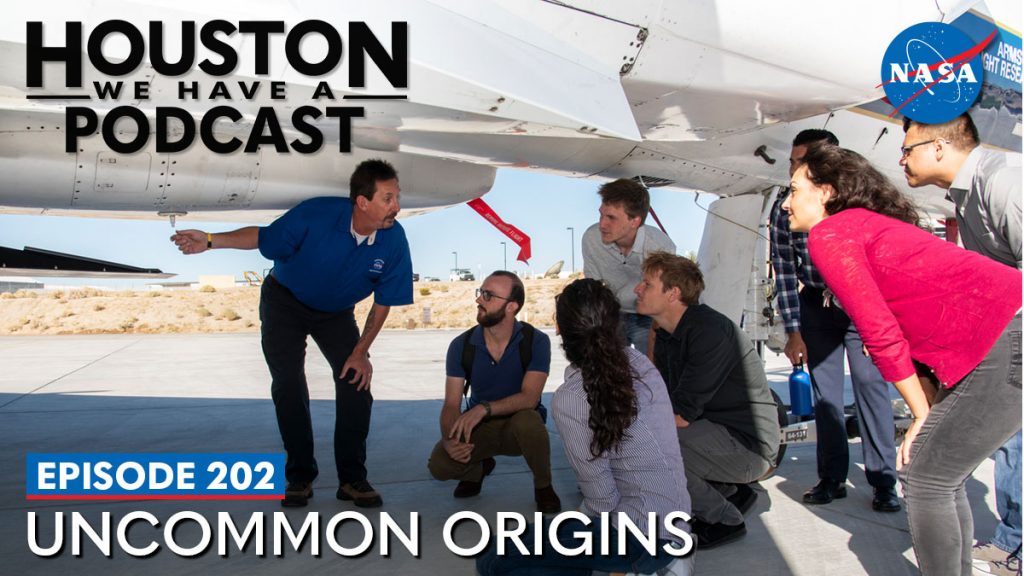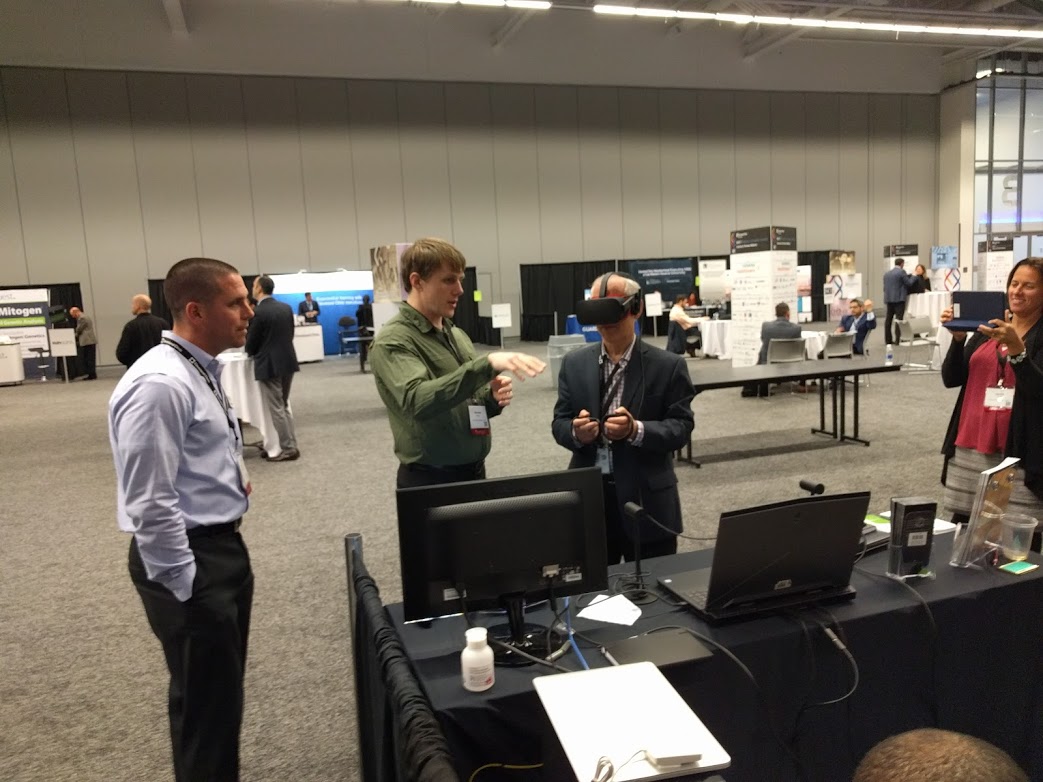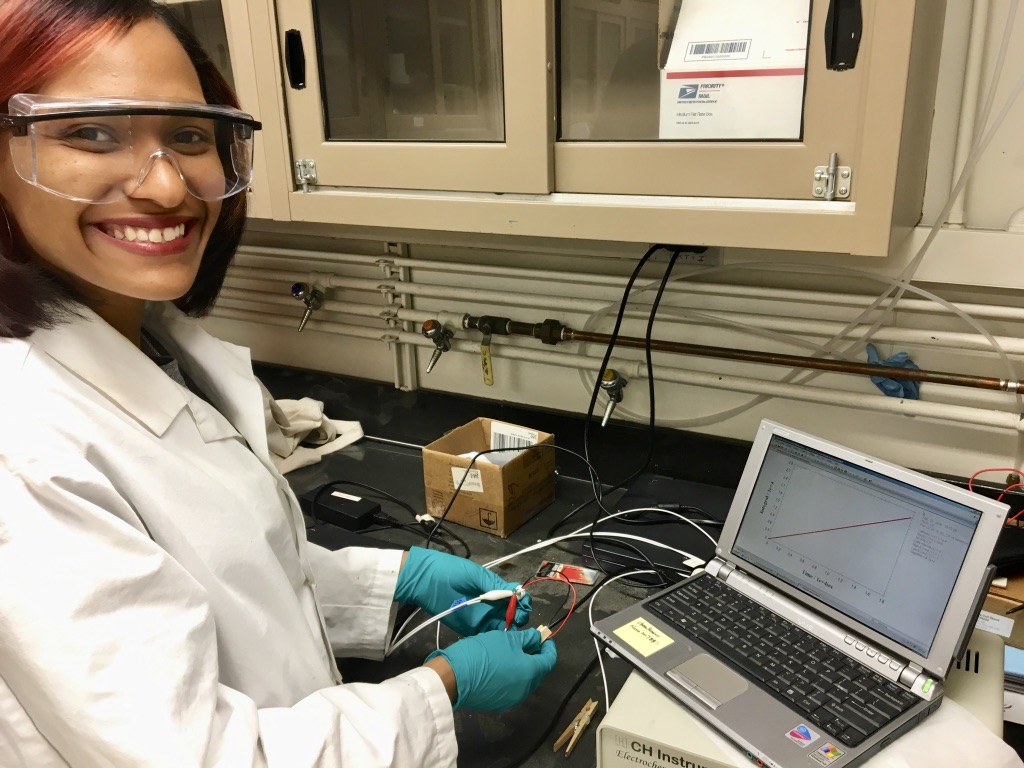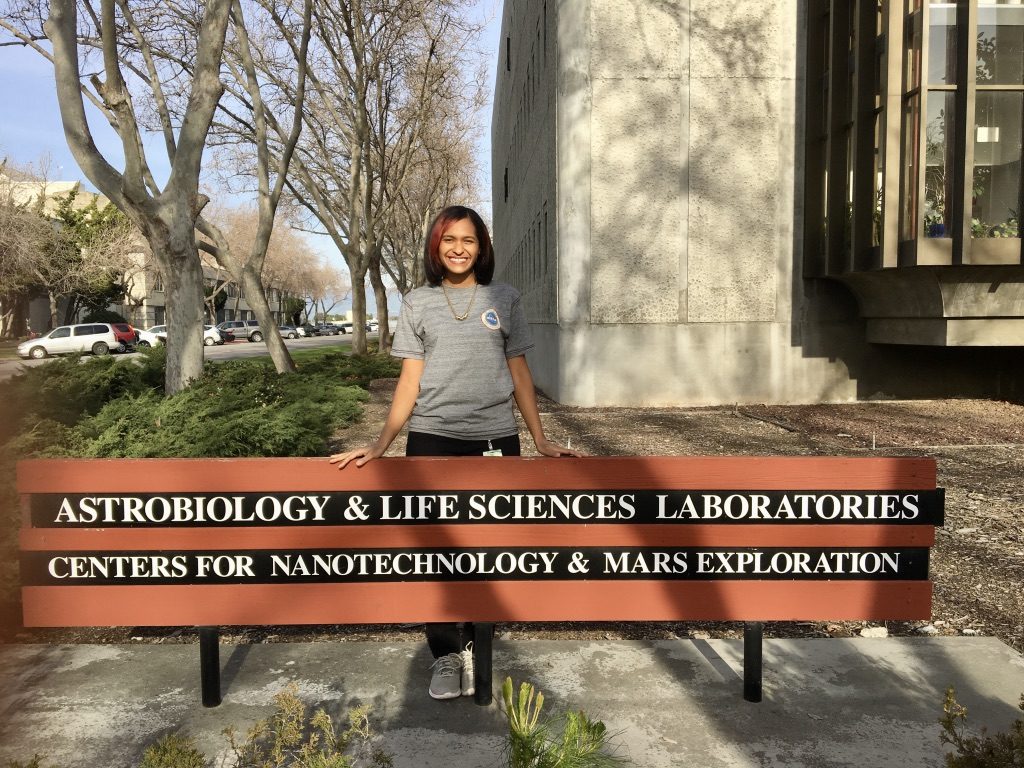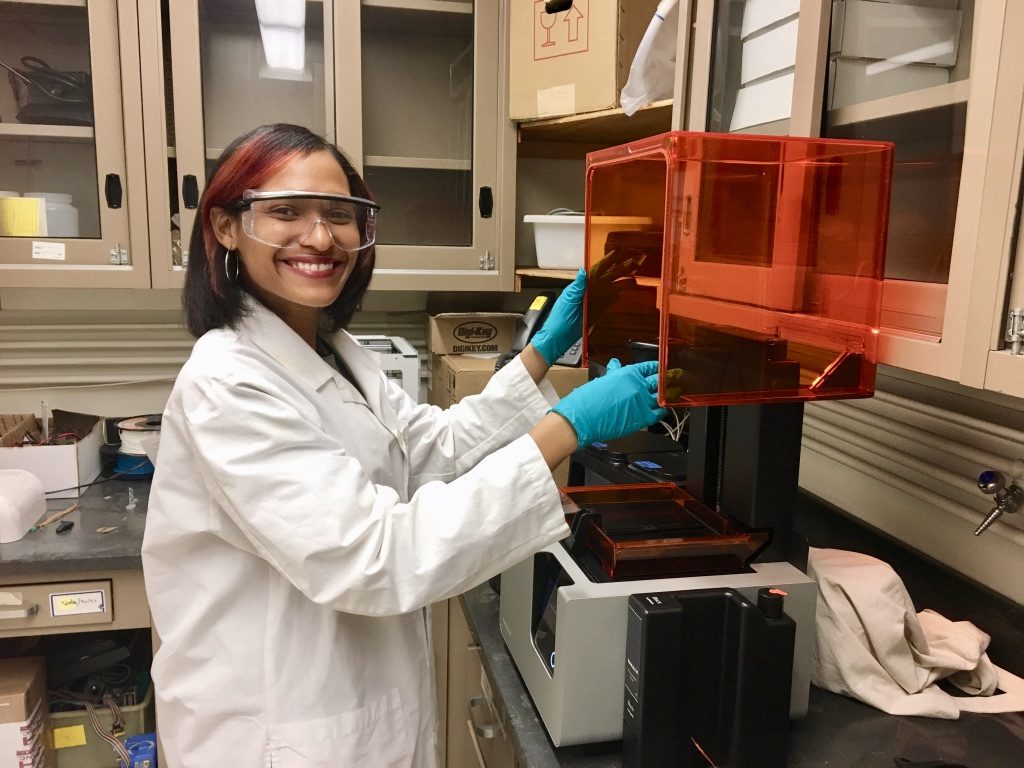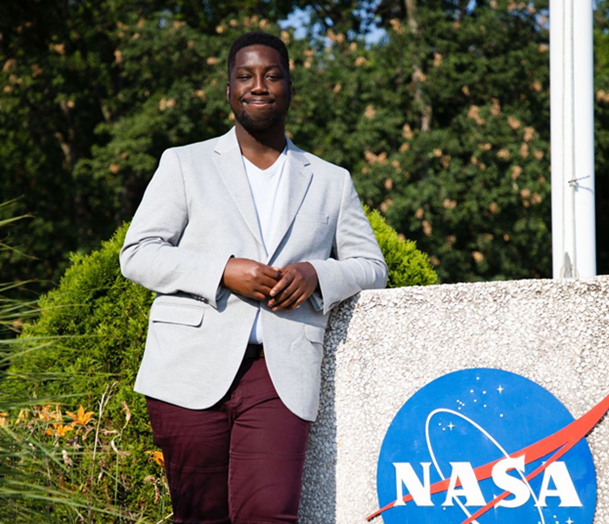
Curiosity is the essence of our existence. Starting as a 16-year-old junior in high school, Albert Kodua started his career with the Virginia Earth System Science Scholars Program. There, he worked with a team to create a mock NASA mission proposal, which gave him a chance to explore the field of Earth Science. The following year, he participated in the Virginia Aerospace Science and Technology Scholars Program.
California Wildfires
Greatness can begin beyond a comfort zone. Albert Kodua is currently a master’s student at Virginia Tech, majoring in Materials Science and Engineering. He is also a former NASA intern from the Armstrong Flight Research Center in California and is also affiliated with the Space Grant. Space Grant expands opportunities for individuals to understand and participate in NASA’s aeronautics and space projects by supporting and enhancing science and engineering education, as well as research and public outreach efforts.
At NASA, you generally think about rockets, planets, and outer space. However, at NASA, we study our home planet just as much as we do other celestial bodies. In fact, with our unique vantage point from space, we can gather unique data across the globe in order to help solve problems that happen on earth. For example, as an intern, Kodua studied California wildfires and examined their territorial and pollutant effects. The significance of this project was the use of a machine learning algorithm to connect plant species burned with gaseous pollutants released from wildfires. With this project, he essentially helped see which areas, if burned, could prove to produce more hostile effects on the environment.
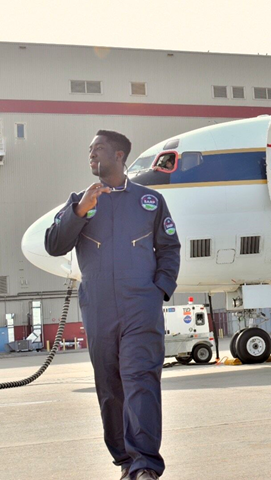
Reach Your Full Potential
Growing up, Kodua had a lot of role models in STEM, but only a handful that looked like him. As a result, Kodua always tries to be an advocate for underrepresented minorities in STEM. As a mentor in his student career, and with assistance from his multiple mentors from his internship, he believes that mentorship is the key to successfully preparing the next generation of scientists and engineers to grow to their full potential.
This internship made Albert feel a confidence he had not felt in his academic abilities, and it gave him a new sense of journey as a student, and hopefully, long-time researcher.
Kodua worked with NASA L’SPACE, an online program that is open to undergraduate STEM students interested in pursuing a career with NASA. The program was a “hidden gem within the large amount of NASA educational opportunities” that has helped him realize his full potential as a researcher and future leader in STEM.
Are you interested in getting out of your comfort zone and reaching your fullest potential like Albert? Check out our website for internship opportunities! You may also want to check out other up-and-coming interns such as Bianca Ortega, a former NASA intern that worked hard to write her own story to represent Puerto Rican women in STEM.
Grace Pham/ NASA Johnson Space Center


